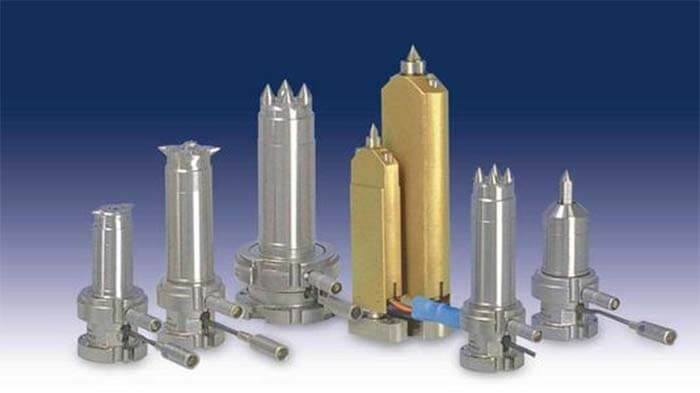After reading the 4 Problems of a Hot Runner of Injection Mold article. You will learn the four factors that cause the Hot Runner problems.
What is a hot runner?
Hot runner technology is an advanced technology applied to the pouring runner system of plastic injection molds, and it is a hot spot in the development of plastic injection molding technology.
The so-called hot runner molding means that the plastic sent from the nozzle of the injection machine to the gate always remains molten, and does not need to be solidified every time the injection mold is opened and taken out as a waste. The molten material remaining in the pouring system can be injected during another injection cavity.
The ideal injection molding system should form parts with consistent density, free from all runners, flashes, and gate nozzles. Compared with the cold runner, the hot runner must maintain the molten state of the material in the hot runner to do this, and it will not be sent out with the formed part.
The hot runner process is sometimes referred to as a thermal header system, or as runner molding. The thermal header can be regarded as an extension of the barrel and injection molding machine nozzle. The function of the hot runner system is to send the material to each gate in the mold.
What are the advantages and disadvantages of hot runner technology?
What benefits can hot runner technology bring us? Those who are familiar with the injection molding process know that conventional injection molding often has the following disadvantages.
1. Difficult to fill the mold.
2. Deformation of thin-walled large parts.
3. Waste of sprue raw materials.
4. The quality of the injection molded parts of the multi-cavity mold is different. The emergence of hot runner technology provides a more complete solution to these problems. Generally speaking, the use of a hot runner has the following advantages.
1. Save raw materials and reduce costs.
2. Shorten the molding cycle and improve machine efficiency.
3. Improve the surface quality and mechanical properties of products.
4. Point gates can be used without using three-plate molds.
5. A single product can be economically molded with a side gate.
6. Improve the degree of automation.
7. The gate can be controlled by a needle valve gate for freezing.
8. The quality of the injection molded parts of the multi-cavity mold is consistent.
9. Improve the surface aesthetics of injection molded products.
However, every technology has its shortcomings, and hot runner technology is no exception.
1. The mold structure is complex, the cost is high, and the maintenance cost is high.
2. It takes a period of time for the process to be stable after starting up, resulting in a lot of waste products.
3. When there are melt leakage and heating element failures, it will have a greater impact on product quality and production schedule.
The third shortcoming above requires special attention. By purchasing high-quality heating elements, hot runner plates, and nozzles and carefully maintaining them during use, these adverse situations can be reduced.
What is the composition of the hot runner system?
The hot runner is composed of four parts: a hot runner plate, a nozzle, a heating element, and a thermostat.
Which molds are suitable for the use of hot runners?
I have talked about the benefits of so many hot runners above, so is it possible to use hot runners for every mold? the answer is negative. Generally speaking, hot runner technology is only suitable for plastic molds, and not every plastic mold is suitable.
You may also be interested in the below articles.
Summary Of 50 Injection Mold Structure Operation Dynamic Diagrams
Auto Parts Stamping Die Design Concept




